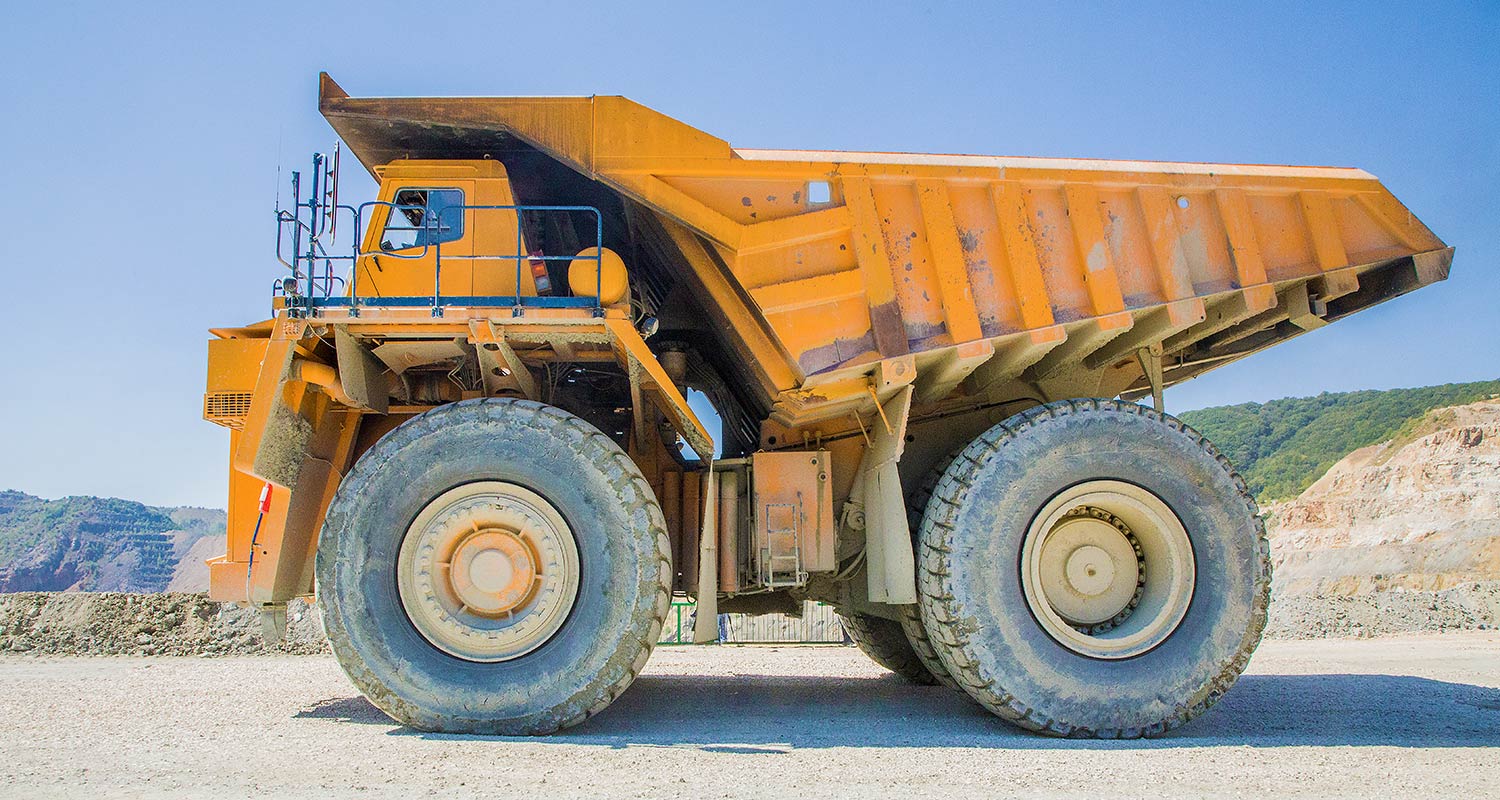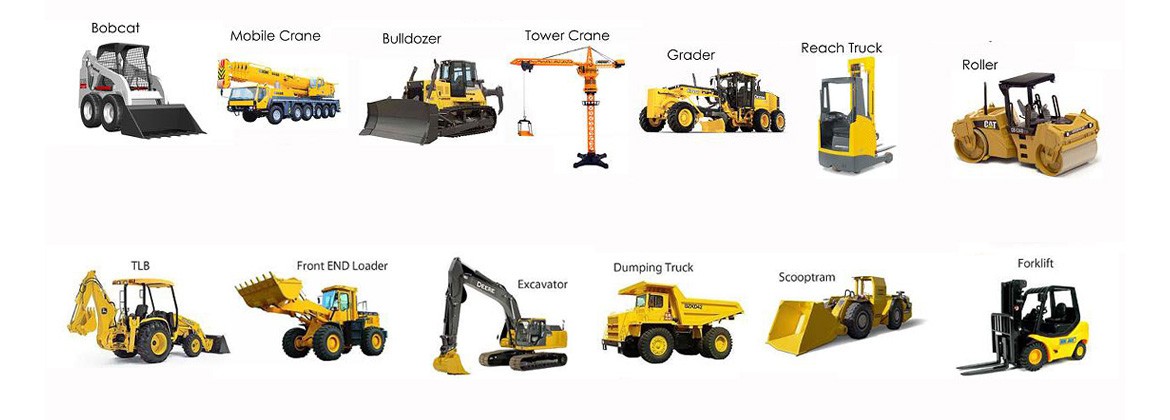Aerial Lift Rental for Construction and Upkeep Projects
Aerial Lift Rental for Construction and Upkeep Projects
Blog Article
Leasing Vs. Acquiring Building Devices: Making the Right Selection for Your Job
When getting started on a construction task, one of the essential decisions that predict stakeholders and supervisors face is whether to get or lease building and construction devices. Both options have their drawbacks and advantages, making the option a crucial one in the project preparation process. The choice depends upon different variables such as price factors to consider, task period, equipment upkeep, scalability, threat, and adaptability administration. Each aspect plays a vital duty in figuring out one of the most ideal path for the project's tools demands. dozer rental. Let's check out these variables additionally to recognize exactly how they influence the decision-making process and eventually the success of the project.
Cost Considerations
Leasing devices commonly needs lower preliminary payments compared to purchasing, making it an appealing choice for short-term projects or contractors with spending plan constraints. In the lengthy run, continually leasing tools can gather greater expenses than purchasing, especially for prolonged jobs.
On the various other hand, getting building equipment entails higher ahead of time expenses yet can lead to long-term savings, especially for constant users or long-lasting projects. Having equipment provides versatility, comfort, and the capacity for resale worth once the job is finished. Furthermore, owning tools permits customization and knowledge with details machinery, potentially increasing efficiency and performance on-site. Eventually, the decision between purchasing and renting out construction devices hinges on the task's period, regularity of usage, budget plan considerations, and long-term economic objectives.
Project Duration

Alternatively, for long-lasting tasks or ongoing building work, buying tools can be the more cost-effective choice. Acquiring equipment can lead to set you back savings over time, particularly if the tools will certainly be regularly used. Moreover, possessing equipment provides a feeling of control over its availability and allows for personalization to fit details task demands.

Tools Maintenance
Given the vital duty job period plays in determining the most affordable approach between renting and getting building and construction equipment, the focus currently moves in the direction of analyzing the essential element of tools maintenance. Appropriate upkeep is crucial for making sure the optimum efficiency and longevity of building and construction tools. Leasing devices commonly includes the advantage of having properly maintained equipment provided by the rental company. This can ease the concern of maintenance jobs from the job owner or professional, saving time and initiative. On the other hand, possessing equipment needs an aggressive approach to upkeep to avoid breakdowns, make certain safety, and prolong the tools's lifespan. Normal evaluations, servicing, and timely repair services are needed to maintain owned tools in leading functioning problem. Consider upkeep prices when determining in between purchasing and renting out, as overlooking upkeep can cause costly fixings, downtime, and project delays. Inevitably, a well-maintained building devices fleet, whether rented out or possessed, Home Page is crucial for the efficient and successful completion of building and construction tasks.
Versatility and Scalability
In the world of building tools administration, the element of flexibility and scalability holds significant significance for project efficiency and resource use. Opting to rent out building and construction tools offers a high degree of flexibility as it enables for the fast change of tools types and amounts based upon the progressing demands of a task. Renting out allows professionals to access a variety of specialized devices that may be needed for specific jobs without the long-lasting dedication of possession. This flexibility is particularly helpful for jobs with varying demands or unsure periods (boom lift rental).
Furthermore, scalability, one more crucial element, is naturally connected to adaptability. Renting building and construction tools provides the advantage of quickly scaling operations up or down as task needs rise and fall. Professionals can rapidly add or trade tools to match the task's changing demands without the restrictions of having possessions that may end up being underutilized or outdated. This capability to range resources successfully can cause cost financial savings and boosted project timelines, making renting out a favorable read the full info here choice for tasks requiring flexibility and responsive resource appropriation.
Risk Management
Reliable threat management in building and construction tools operations is paramount to making certain project success and mitigating possible economic losses. Construction tasks naturally entail numerous risks, such as tools break downs, crashes, and task hold-ups, which can considerably affect the project timeline and budget. By carefully taking into consideration the dangers related to owning or leasing construction devices, task supervisors can make educated decisions to decrease these possible dangers.
Leasing building and construction devices can offer a level of danger reduction by transferring the obligation of repair and maintenance to the rental company. This can minimize the financial burden on the job proprietor in situation of unforeseen devices failings (mini excavator rental). In addition, renting offers the versatility to accessibility customized equipment for specific task phases, lowering the risk of owning underutilized equipment
On the other hand, having building equipment provides a sense of control over its usage and maintenance. Nonetheless, this also means birthing the complete duty for repair work, upkeep costs, and devaluation, boosting the economic risks linked with equipment possession. Careful risk analysis and consideration of aspects such as job period, tools utilization, and maintenance demands are crucial in identifying the most suitable option for efficient danger management in building tasks.
Final Thought
In final thought, when choosing between getting and renting out building tools, it is essential to think about price, task duration, tools upkeep, adaptability, scalability, and risk administration. Each aspect plays an important role in establishing the most appropriate option for the project handy. By carefully evaluating these elements, task managers can make an educated choice that lines up with their spending plan, timeline, and general job goals.

Report this page